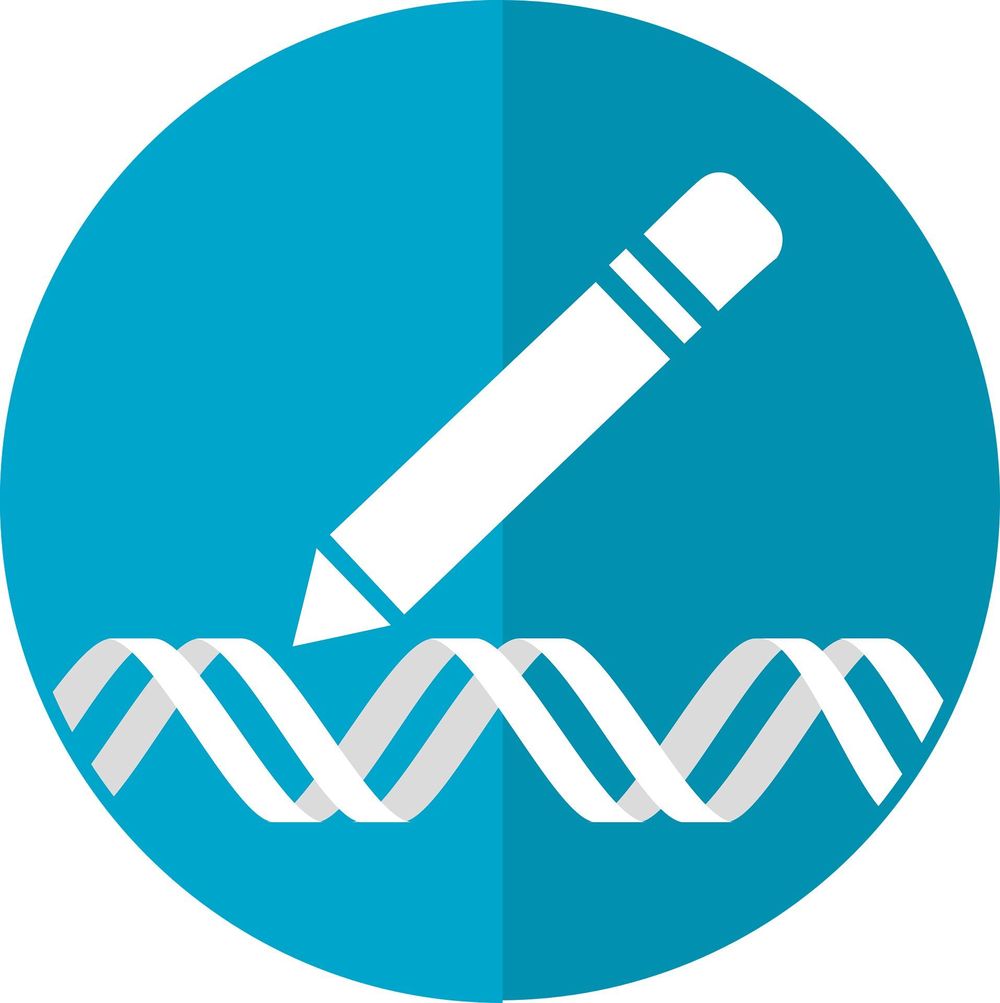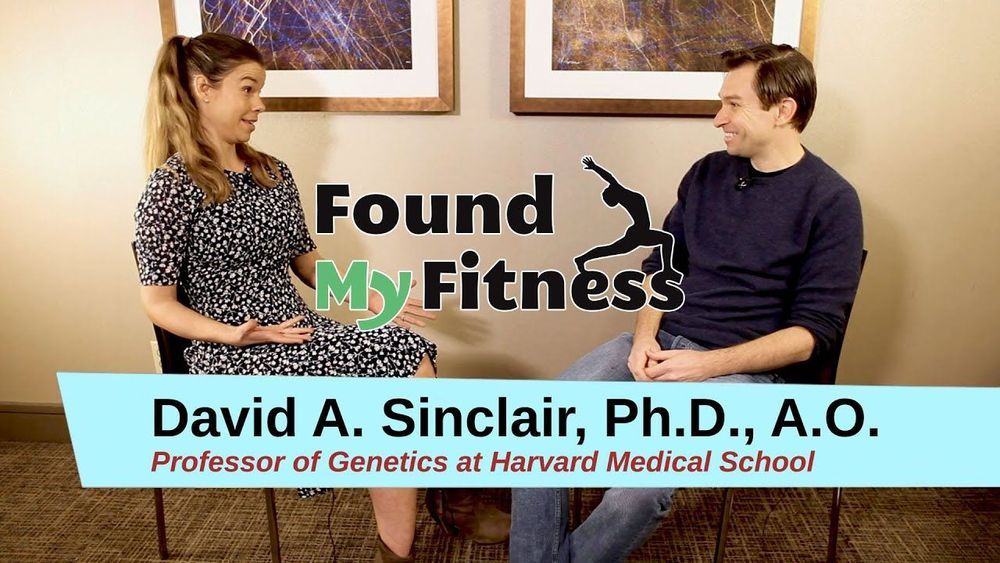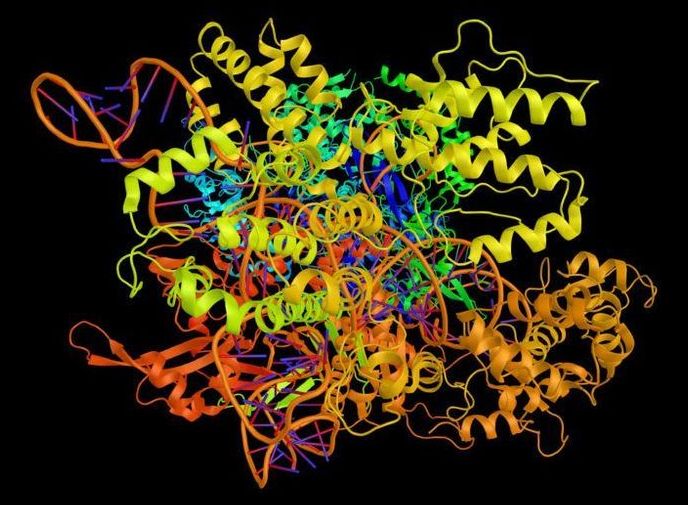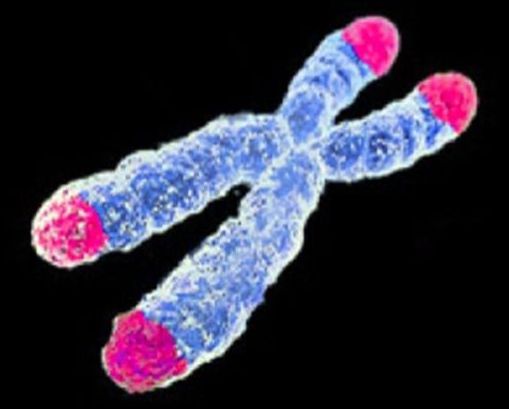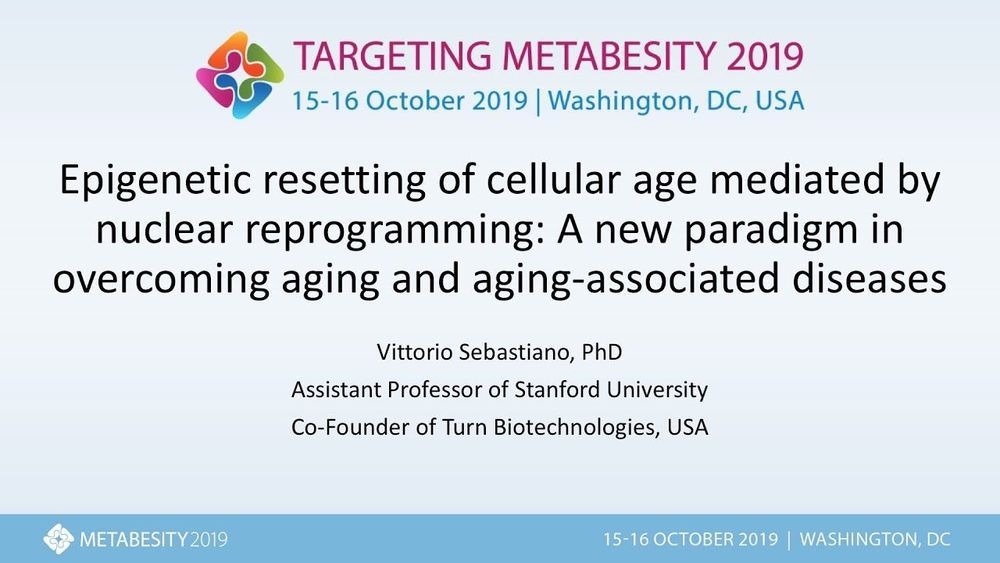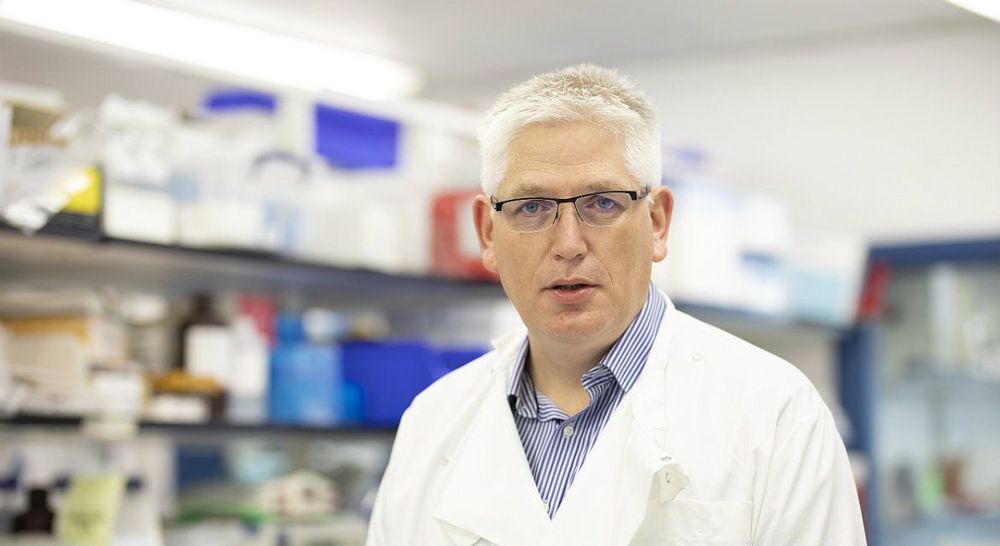City of Hope researchers may have found a way to sharpen the fastest, cheapest and most accurate gene editing technique, CRISPR-Cas9, so that it can more successfully cut out undesirable genetic information.
This improved cutting ability could one day fast-track potential therapies for HIV, sickle cell disease and, potentially, other immune conditions.
“Our CRISPR-Cas9 design may be the difference between trying to cut a ribeye steak with a butter knife versus slicing it with a steak knife,” said Tristan Scott, Ph.D., lead author of the study and a staff research scientist at City of Hope’s Center for Gene Therapy. “Other scientists have tried to improve CRISPR cutting through chemical modifications, but that’s an expensive process and is like diamond-coating a blade. Instead, we have designed a better pair of scissors you can buy at any convenience store.”
